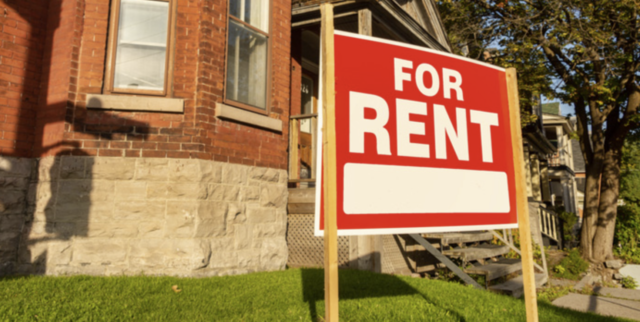Why 55+ Renters Are the Fastest-Growing Tenant Group in the U.S.
For years, the rental housing industry has been laser-focused on Millennials and, more recently, Gen Z. Apartment communities were redesigned to feel like boutique hotels or Airbnbs, complete with smart-home features, co-working lounges, and flashy amenities, to appeal to young professionals and digital nomads.
But while everyone was competing for the attention of twenty- and thirty-somethings, another demographic quietly became the fastest-growing segment of renters in the U.S.: those aged 55 and older.
According to the National Investment Center for Senior Housing & Care, the 55+ population is now the fastest-growing renter demographic based on U.S. Census Bureau data. A Point2Homes report adds that nearly 2.4 million more Americans over 65 were renting in 2023 compared to 2013, a 30% increase. For investors and landlords, this is a massive shift with long-term implications.

A Generational Shift in Housing
Older renters are often former homeowners who are ready for a simpler lifestyle. Unlike younger tenants saving for a down payment or moving city to city for work, 55+ renters typically want:
-
Stability: They’re looking for long-term housing.
-
Low maintenance: No more mowing lawns or fixing leaky roofs.
-
Flexibility: The ability to move closer to grandchildren or warmer weather without the burden of selling a home.
In other words, they’re the type of tenants every landlord wants stable, responsible, and financially consistent.
Why the Number of Older Renters Is Growing
Several key factors are driving the surge in 55+ renters:
Lifestyle Flexibility
Empty nesters, divorcees, and retirees want the freedom to relocate without the hassle of homeownership. Renting makes it easier to downsize, move closer to family, or escape high-tax states.
Avoiding Property Maintenance
One of the biggest appeals is shedding the responsibility of home upkeep. Calling a landlord to fix a broken appliance is much easier than handling it themselves.
Financial Freedom
Selling a long-term home unlocks equity, giving older renters liquidity for travel, healthcare, or investments. Renting helps preserve flexibility while keeping costs predictable.
Community and Amenities
Developers are increasingly catering to the 55+ demographic with “active adult” communities that offer gyms, walking trails, gardens, and social events. For many retirees, this sense of connection is as important as the physical space.
Regional Hotspots for 55+ Renters
While this trend is nationwide, certain metros are seeing explosive growth:
-
San Francisco Bay Area: Renters aged 65+ now make up over 13% of the rental pool.
-
Pittsburgh: The 55+ age demographic accounts for 18% of renters, up from 16% a decade ago.
-
Twin Cities: More than 15% of renters are 55+, fueling demand for active adult communities.
-
Portland, Oregon: The share of 65+ renters rose from 9.6% to over 12%.
-
Texas Metros: Austin saw an 81% increase in senior renters over the past decade, with Dallas-Fort Worth and Houston close behind.
For landlords and investors, these markets represent strong opportunities to target older renters with purpose-built amenities and leasing strategies.
Strategies to Attract and Retain Older Tenants
If you’re a landlord or investor, here are practical steps to make your property stand out to the 55+ demographic:
Stability and Security
Offer longer leases with predictable rent increases. Older tenants value financial stability over short-term perks.
Fair Screening Practices
Adapt your tenant screening to include pensions, Social Security, or retirement savings, while still running credit and income checks.
Accessibility Matters
Simple features like grab bars, step-free entrances, well-lit hallways, and safe common areas make a big difference without turning your property into a medical facility.
Responsive Maintenance
Quick, reliable repairs are critical. Remember: many older renters are choosing rentals specifically to avoid maintenance hassles.
Pet-Friendly Policies
Many older tenants live alone and rely on pets for companionship. Allowing pets can make your property far more attractive.
Flexibility in Rent Payments
Consider aligning lease payment dates with when Social Security or pension checks arrive. This small change can reduce stress for older tenants.
Final Thoughts: Why Landlords Should Pay Attention
Being a landlord has always been a service business, and the growing population of 55+ renters underscores that fact. By offering stability, thoughtful design, reliable maintenance, and respectful communication, landlords can secure long-term tenants who are less transient than younger demographics.
Older renters are reshaping the U.S. rental market. For property owners and investors, adapting to their needs isn’t just good service, it’s good business.
Do you want to make a living in real estate? Are you looking for a way to generate passive income? Consider becoming a real estate professional. I created a guide to get you started! It’s free to download.




